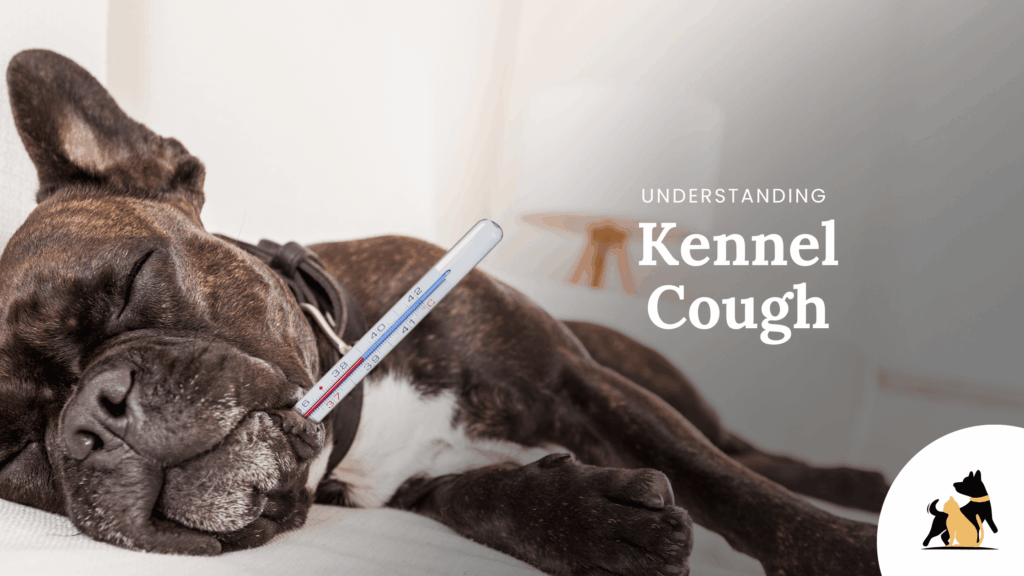Meet Dr. Longtin: Compassionate Veterinary Care Rooted in Experience and Heart

Caring for animals isn’t just what Dr. Longtin does—it’s who she is. With nearly 30 years of experience caring for pets and their people, Dr. Longtin brings a wealth of knowledge, empathy, and a deeply personal approach to every appointment. A proud graduate of the University of Minnesota College of Veterinary Medicine, she’s spent her […]
Dr. Cheryl Brocki Joins Hometown Veterinary Partners as Chief Veterinary Officer

Hometown Veterinary Partners is proud to announce the addition of Dr. Cheryl Brocki as our new Chief Veterinary Officer (CVO). With an extensive background in veterinary operations, mentorship, and clinical excellence, Dr. Cheryl Brocki joins our executive leadership team at an exciting time in our growth. She will play a key role in shaping the […]
Understanding Kennel Cough

What is Kennel Cough? Kennel cough, also known as infectious tracheobronchitis, is a highly contagious respiratory disease in dogs characterized by a persistent cough. The term “tracheobronchitis” refers to the inflammation of the trachea (windpipe) and the bronchial tubes. The disease is caused by a variety of viruses and bacteria, including adenovirus type 2, parainfluenza […]
How to Prevent Rabies in Dogs and Cats

Rabies is a deadly viral disease that targets the nervous system of mammals, including pets like dogs and cats, as well as humans. Once symptoms develop, rabies is almost always fatal, making it a critical public health concern that has persisted for thousands of years. In July 2024, the Minnesota Board of Animal Health reported […]
The Importance and Considerations of Vaccinating Cats

Vaccinating your cat is a critical aspect of responsible pet ownership, ensuring your feline friend stays healthy and protected against various infectious diseases. Here, we will discuss the considerations of vaccinating cats, including the types of vaccines, vaccination schedules, potential risks, and the diseases they protect against. Understanding the Types of Vaccines Vaccines stimulate the […]
5 Steps To A Pain-Free Pet

As pet parents, we want nothing more than to see our furry friends happy, healthy, and full of life. However, just like humans, pets can experience pain, and often, they suffer in silence. Because they can’t tell us when something hurts, it’s our responsibility to recognize the signs and take action to ensure their comfort […]
Understanding Lyme Disease in Dogs: Prevention, Symptoms, and Treatment

Lyme disease is a significant health concern for dogs, caused by the bacterium Borrelia burgdorferi, which is transmitted through the bite of an infected tick. This disease can lead to severe complications if not promptly diagnosed and treated. Understanding its causes, symptoms, and prevention methods is crucial for every dog owner. What is Lyme Disease? […]
Understanding Photobiomodulation Laser Therapy for Pets

Laser therapy doesn’t just look cool; it’s an effective and natural treatment for a variety of ailments for cats and dogs. What is Laser Therapy? Photobiomodulation (PBM) laser therapy, also known as low-level laser therapy (LLLT), uses specific wavelengths of light to stimulate cellular activity. This non-invasive treatment involves directing light energy to the tissues, […]
The Importance and Considerations of Vaccinating Dogs

Vaccinating dogs is a crucial aspect of responsible pet ownership, ensuring the health of individual dogs and the well-being of the broader canine community. With recent advancements in veterinary medical science, vaccines have become more effective and safer. However, deciding on the appropriate vaccinations for your dog involves several considerations. Here’s a comprehensive look at […]
Preparing for a Peaceful Passing: Considerations for You and Your Pet

Euthanasia is a difficult and emotional decision that pet owners may face. It’s essential to understand when it might be the right time and how to handle the process with care and compassion. Knowing When It’s Time The decision to euthanize a pet is deeply personal and can be heart-wrenching. It often comes down to […]

















